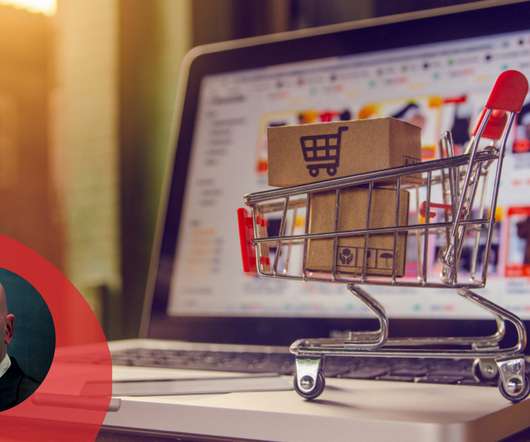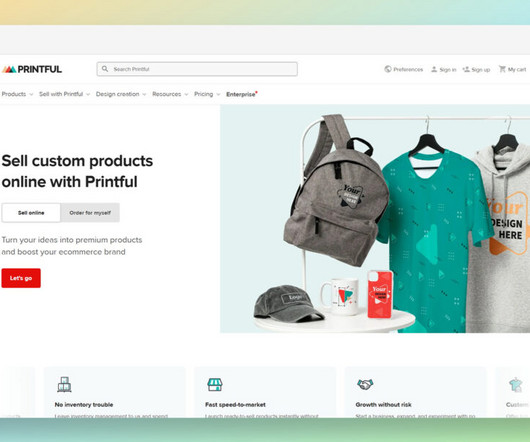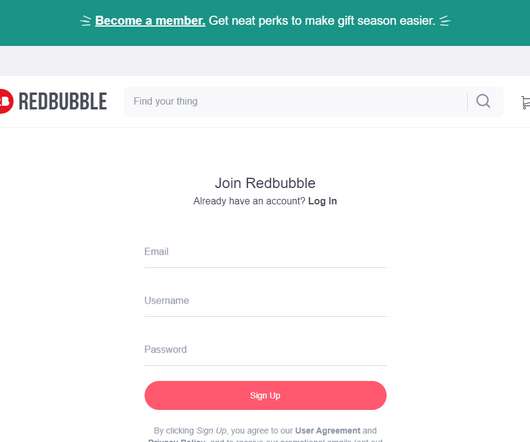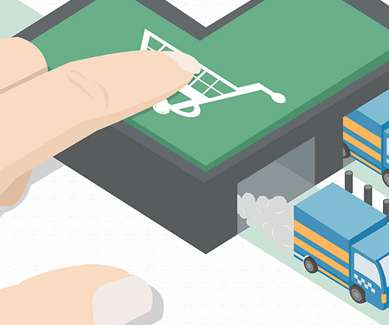How to Launch a Marketplace to be the Disruptor, not the Disrupted
Retail TouchPoints
MARCH 2, 2022
Level 1 — 1st Party Ecommerce: At this level, the site operator sources products, negotiates purchase contracts, merchandises, carries the inventory (physically and financially), determines pricing, ships products and handles the logistics and returns on its own. Vendors’ marketplace platforms fall into two main categories.












Let's personalize your content